Serious working at height incidents
A member has reported a number of serious working at height incidents, resulting in a fatality and five Lost Time Injuries (LTIs). The member would like to raise awareness of the risks associated with working with heights.
Incident 1 – LTI
An employee of a sub-contractor slipped and fell 15m resulting in a brain haemorrhage and leg fracture.
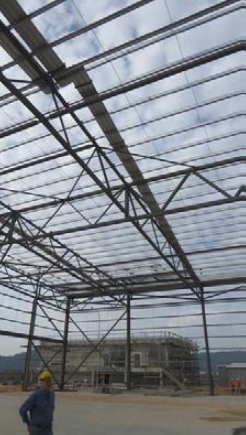
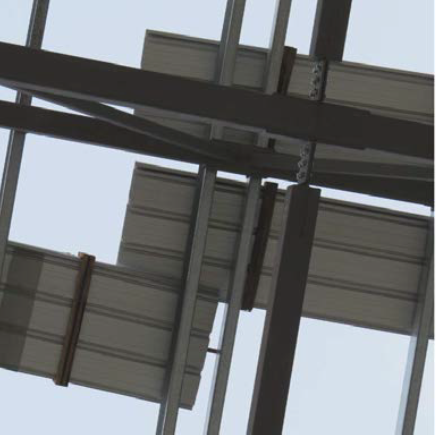
Incident 2 – LTI
The injured person stood on a cardboard box to access the racking shelves in the storage area, of an onshore yard. Consequently, the injured person fell from the box and suffered a broken wrist and fractured elbow.
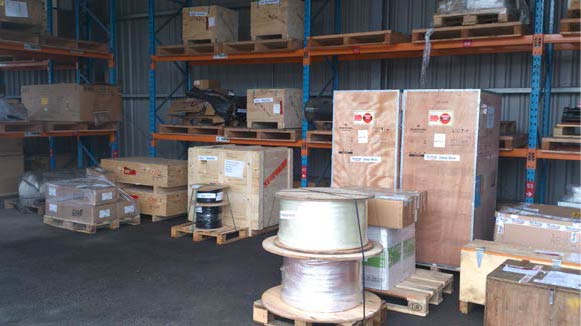
Incident 3 – LTI in Shipyard
The injured person was attempting to transit an unsecured walkway and fell a distance of 1.7m. The person fell onto the scaffold structure below; the fall resulted in four broken ribs.
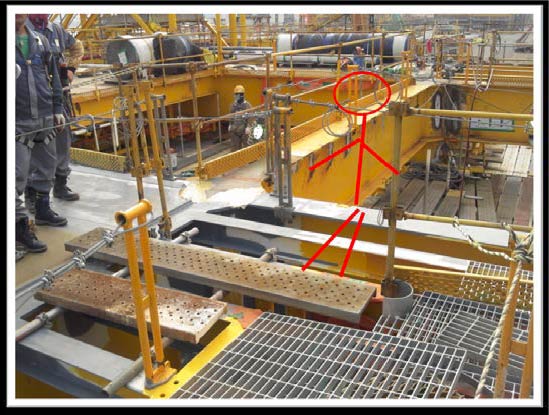
Incident 4 – LTI on Offshore Vessel
In the fourth incident, a deck hand slipped and fell down a ladder leading from the deck to the paint store. He was found at the foot of the ladder in pain and unable to move, subsequently he required a medevac.
Incident 5 – Fall on the same level: LTI on offshore vessel
The injured person stepped down onto exposed hose-work from the ROV launch and recovery system (LARS). The person skidded onto the deck and slipped. The impact resulted in two minor fractures to the bones in right arm.

Incident 6 – Fall from height fatality
Whilst installing a ventilation system an employee of a sub-contractor, fell from the roof of a building. The person fell approximately 22m and died as a result. The employee was equipped with a safety harness; neither of the two lanyards had been attached to the adjacent life-lines.
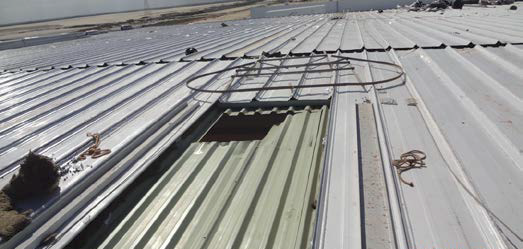
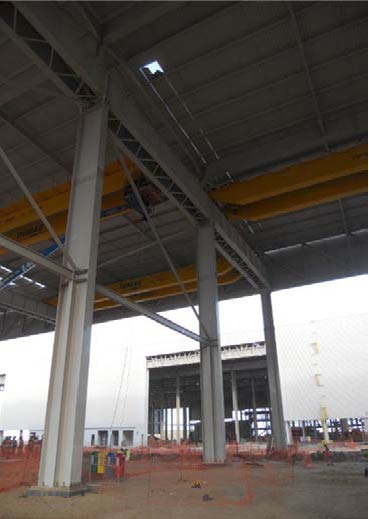
Our member summarised that irrespective of the height, the potential consequence of a fall can be extremely severe and the above cases are clear evidence of this. A fall from a height is entirely avoidable if procedures are followed, risk assessments and tool box talks are conducted also suitable and sufficient mitigation is in place.
Our member recommended the following:
- Implement the conditions of the Permit to Work, consider operations which may be undertaken concurrently with others;
- Ensure personnel are suitably qualified and experienced;
- Provide adequate supervision;
- Use appropriate working at height equipment and tooling;
- Conduct a toolbox talk;
- If in doubt ‘stop the job’ and re-assess;
Members’ attention is also drawn to the wide range of IMCA safety promotional materials, which will be of use in mitigating risks of this sort, including:
- Preventing slips and trips (pocket card)
- Toolbox talks (pocket card)
- Working at height (pocket card)
- Workplace safety self-assessment (pocket card)
- Permit to work (pocket card)
- Preventing slips, trips and falls (poster)
- Working at height: Safe use of ladders (poster)
- Working at height (video)
- Slips, trips and finger nips (video)
- Risk assessment (video)
- Toolbox talks (video)
Safety Event
Published: 20 December 2013
Download: IMCA SF 18/13
IMCA Safety Flashes
Submit a Report
IMCA Safety Flashes summarise key safety matters and incidents, allowing lessons to be more easily learnt for the benefit of all. The effectiveness of the IMCA Safety Flash system depends on Members sharing information and so avoiding repeat incidents. Please consider adding safetyreports@imca-int.com to your internal distribution list for safety alerts or manually submitting information on incidents you consider may be relevant. All information is anonymised or sanitised, as appropriate.
IMCA’s store terms and conditions (https://www.imca-int.com/legal-notices/terms/) apply to all downloads from IMCA’s website, including this document.
IMCA makes every effort to ensure the accuracy and reliability of the data contained in the documents it publishes, but IMCA shall not be liable for any guidance and/or recommendation and/or statement herein contained. The information contained in this document does not fulfil or replace any individual’s or Member's legal, regulatory or other duties or obligations in respect of their operations. Individuals and Members remain solely responsible for the safe, lawful and proper conduct of their operations.
